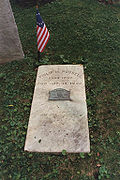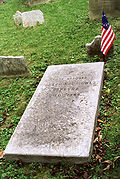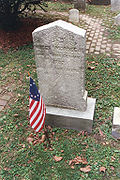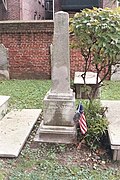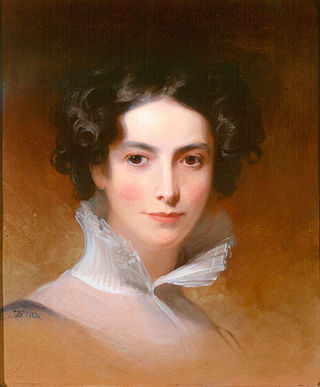
Rebecca Gratz was a Jewish American educator and philanthropist in 19th-century America. She was a member of the Gratz family, who settled in the United States before the Revolutionary War.

Haym Salomon was a Polish-American Jewish businessman and political financial broker who assisted the Superintendent of Finance, English-born Robert Morris, as the prime financier of the colonists' side during the American Revolutionary War against Great Britain.
The history of the Jews in Colonial America begins upon their arrival as early as the 1650s. The first Jews that came to the New World were Sephardi Jews who arrived in New Amsterdam. Later major settlements of Jews would occur in New York, New England, and Pennsylvania.
Jews in Philadelphia can trace their history back to Colonial America. Jews have lived in Philadelphia since the arrival of William Penn in 1682.
The history of the Jews in Pennsylvania dates back to Colonial America.

Jonas Phillips (1736—1803) was a veteran of the American Revolutionary War and an American merchant in New York City and Philadelphia, Pennsylvania. He was the immigrant ancestor of the Jewish Phillips family in the United States. Emigrating from Germany in 1759, Phillips worked off his passage as an indentured servant in Charleston, South Carolina. He moved to the North in 1759, becoming a merchant in New York City and then moving to Philadelphia, Pennsylvania.

Congregation Mikveh Israel, "Holy Community Hope of Israel", is a synagogue in Philadelphia, Pennsylvania that traces its history to 1740. Mikveh Israel is a Spanish and Portuguese synagogue that follows the rite of the Amsterdam esnoga. It is the oldest synagogue in Philadelphia, and the longest running in the United States.
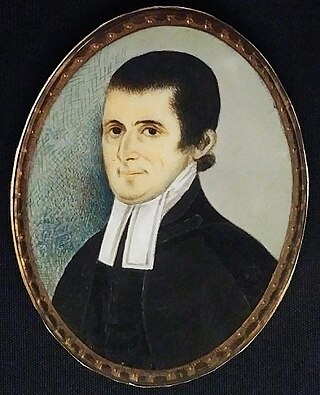
Gershom Mendes Seixas was the first native-born Jewish religious leader in the United States. He served as the hazzan of Congregation Shearith Israel, New York City's first Spanish and Portuguese synagogue, for about five decades. The first American Jewish clergyman to deliver sermons in English, Mendes Seixas became known for his civic activities as well as his defense of religious liberty, participating in the inauguration of President George Washington and helping found King's College, the precursor of New York City's Columbia University.
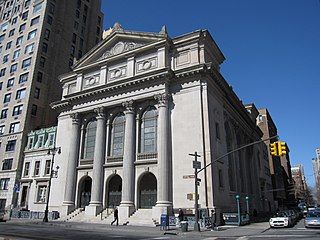
The Congregation Shearith Israel – often called The Spanish and Portuguese Synagogue – is the oldest Jewish congregation in the United States. It was established in 1654 in New Amsterdam by Jews who arrived from Dutch Brazil. Until 1825, when Jewish immigrants from Germany established a congregation, it was the only Jewish congregation in New York City.
David Franks was a loyalist in the war of the American Revolution.

Mayer Sulzberger was an American judge and Jewish communal leader.
Mordecai Sheftall was a Georgia merchant who served as a colonel in the Continental Army during the American Revolutionary War and was the highest ranking Jewish officer of the Colonial forces. He was born in Savannah, Province of Georgia, to Benjamin and Perla Sheftall, who had arrived in 1733 to the Georgia colony on the William and Sarah from London, England, with a few dozen members of other Jewish immigrant families. The Sheftalls were founding among the members of Congregation Mickve Israel.
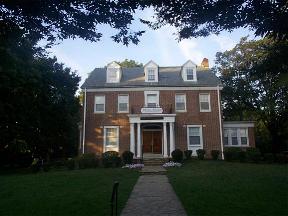
Few Jews arrived in Baltimore, Maryland, in its early years. As an immigrant port of entry and border town between North and South and as a manufacturing center in its own right, Baltimore has been well-positioned to reflect developments in American Jewish life. Yet, the Jewish community of Baltimore has maintained its own distinctive character as well.

St. Paul's Church is an Episcopal church founded in 1702 in Chester, Pennsylvania. The church is a part of the Episcopal Diocese of Pennsylvania. It is located at 301 East 9th Street and is an active worship center.
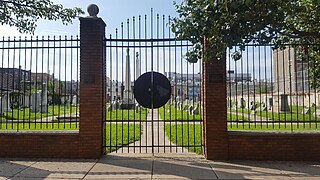
The Mikveh Israel Cemetery is a Jewish cemetery known as the Federal Street Burial Ground and located at 11th and Federal Streets in the Passyunk Square neighborhood of South Philadelphia. It was first called Beth Hahayim. It is one of three cemeteries belonging to Congregation Mikveh Israel, Philadelphia's oldest synagogue.
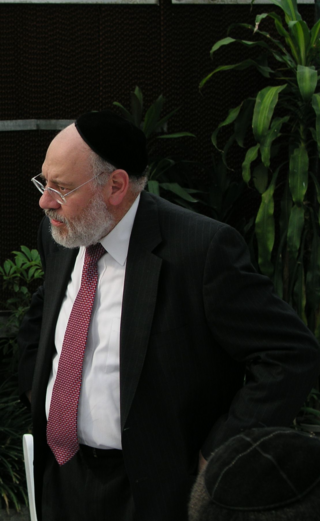
Rabbi Albert E. (Abraham) Gabbai is an American rabbi, serving as the rabbi of the Sephardic synagogue Congregation Mikveh Israel since 1988. Mikveh Israel was founded in 1740, and is the second-oldest active congregation in the United States.

The Levi Sheftall Family Cemetery, also known as the de Lyon-De La Motta Cemetery or Cohen Street Cemetery, is a historic cemetery in Savannah, Georgia, United States. Located in the Kayton/Frazier area of West Savannah, it is the burial ground for members of the Sheftall, de Lyon, and De La Motta families. The cemetery was established by Levi Sheftall in 1765.
The Mikveh Israel Cemetery Beth-El-Emeth at 55th and Market Streets is a Jewish cemetery in West Philadelphia founded in 1850 and dedicated in 1857 by Isaac Leeser’s Congregation Beth-El-Emeth as Beth-El-Emeth Cemetery.
Lucy Marks was an African-American Jew from Philadelphia, one of the few documented Black Jews during early American history.
Benzion Halper was a Lithuanian-born Jewish-American Hebraist and Arabist.






